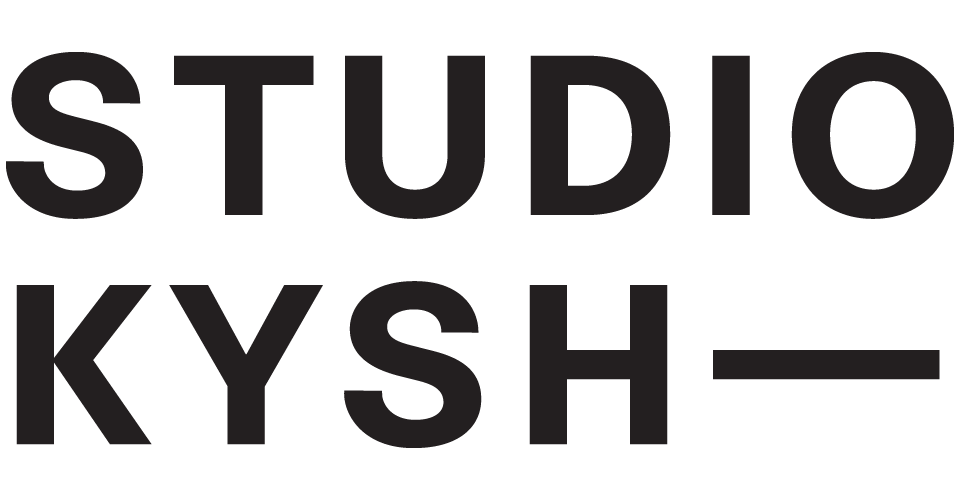
During its rapid growth in the late 1800s, New York City formed most of its current modern city fabric. As a city of immigrants with its own cultural insecurity, New York borrowed the architectural style of its diverse ancestral European roots in an attempt to create a historic urban context. This European influence, combined with the advancing construction technology / socioeconomic factors of the time, forged a unique architectural environment. Architectural elements of different origin, whether ornamental or functional, were melded together into idiosyncratic yet cohesive New York buildings. The Insecurity of the new city became the drive to develop a new identity.
This Architecture of Insecurity is an ongoing phenomenon with diverse cultural influences here in New York City, and is the research focus of STUDIO KYSH—. Based on field-surveyed data, the studio’s work extracts the formal essence of generic building façades in their pure form without any material properties. In Gottfried Semper’s sense of symbolic “metabolism”, the work mimics and exaggerates the architectural evolution of the city by displacing and fragmenting the buildings and architectural elements from their origin and context. Their work is to pose more questions about the urban landscape that surrounds us. Does the reassembly of the architectural fragments give us an extreme New York City? With further abstraction, what do they become?
* This exhibition is funded by KAIA (Korea Agency for Infrastructure Technology Advancement), an affiliate of the Korean Ministry of Land, Infrastructure and Transport.
*All survey drawings are contributed by the students of the Hongik University School of Architecture during their participation in the Architecture of Insecurity drawing workshop led by STUDIO KYSH—.
















